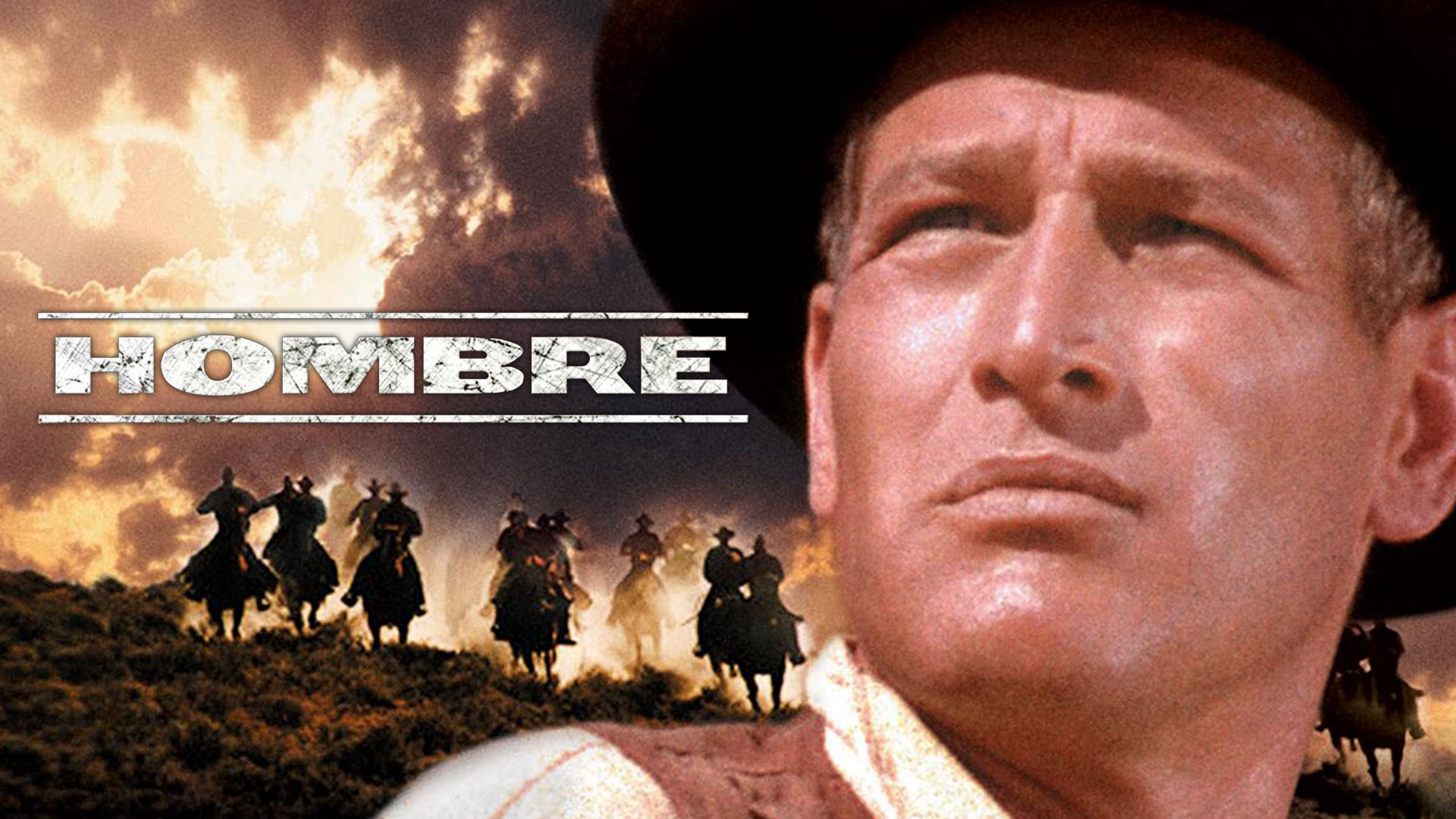
Are you a fan of classic Western movies? If so, there’s a good chance you’ve heard of the film “Hombre.” Released in 1967, this iconic movie starring Paul Newman has become a cult favorite among Western enthusiasts. “Hombre” tells the gripping story of John Russell, a white man raised by Apaches, who finds himself caught in the middle of a tense confrontation between settlers and Native Americans.
In this article, we will delve deep into the world of “Hombre” and uncover 32 fascinating facts about the movie. From behind-the-scenes tidbits to trivia about the cast, we will provide you with a comprehensive glimpse into the making and legacy of this timeless Western masterpiece.
So, grab your cowboy hat, saddle up, and let’s ride through the remarkable world of “Hombre”!
Key Takeaways:
- “Hombre” is a classic Western film that challenges stereotypes and explores themes of justice and identity, making it a must-watch for fans of the genre and those interested in thought-provoking storytelling.
- With its powerful performances and timeless relevance, “Hombre” offers a compelling and immersive experience, shedding light on the complexities of human nature and the importance of empathy and understanding.
Hombre was released in 1967 and is based on the novel of the same name by Elmore Leonard.
Hombre is a Western film directed by Martin Ritt, known for his work in socially conscious dramas.
The movie stars Paul Newman, who portrays the lead character John Russell.
Newman’s performance in Hombre earned him critical acclaim and further solidified his status as a Hollywood legend.
Hombre explores themes of racial identity and the clash between the Native American and Western cultures.
It offers a thought-provoking commentary on social prejudice and justice.
The film features an impressive ensemble cast, including actors like Fredric March, Richard Boone, and Diane Cilento.
Their powerful performances help elevate the overall quality of the movie.
Hombre received positive reviews from critics, praising its intelligent script and the performances of the cast.
It holds a solid 92% rating on Rotten Tomatoes.
The movie’s screenplay was written by Irving Ravetch and Harriet Frank Jr., who were known for their collaborations with Martin Ritt.
Their skills in crafting character-driven narratives shine through in Hombre.
Hombre was filmed on location in Arizona, capturing the rugged beauty of the American Southwest.
The stunning cinematography adds to the authenticity and immersive experience for the audience.
The film’s score was composed by David Rose, known for his work in various genres including Westerns.
The music perfectly complements the atmosphere and enhances the emotional impact of the story.
Hombre tells the story of John Russell, a white man raised by Apache Indians, who finds himself caught in a deadly situation when he boards a stagecoach filled with a diverse group of passengers.
The passengers, including a crooked businessman and a prejudiced cavalry officer, must learn to trust each other and work together to survive.
Paul Newman’s portrayal of John Russell is widely regarded as one of his best performances.
He brings depth and nuance to the character, showcasing Russell’s inner conflicts and his strong moral compass.
Hombre was one of the first Western films to challenge the traditional portrayal of Native Americans in Hollywood.
It presents a more complex and sympathetic representation of Native American culture and highlights the injustices they faced.
The movie tackles issues of racism and discrimination, examining how prejudice can divide people and hinder their ability to work together.
It serves as a poignant reminder of the importance of empathy and understanding.
Hombre was a box office success, earning over $7 million domestically during its initial release.
Its popularity further solidified the Western genre’s enduring appeal.
The film’s title, “Hombre,” is the Spanish word for “man” and represents the central themes of masculinity and identity explored in the movie.
This choice of title adds depth and cultural significance to the narrative.
Hombre was nominated for an Academy Award for Best Supporting Actor, recognizing Richard Boone’s stellar performance as the villainous Cicero Grimes.
His portrayal of the cunning and ruthless character adds intensity to the story.
Hombre showcases the harsh realities of life in the Old West, highlighting the struggles and sacrifices made by individuals in pursuit of justice.
The film’s gritty realism adds an extra layer of authenticity to the narrative.
Hombre’s thought-provoking exploration of morality and ethics continues to resonate with audiences today.
The film’s timeless themes are still relevant and serve as a reminder of the importance of standing up for what is right.
The movie’s screenplay stays true to the spirit of Elmore Leonard’s novel while making subtle changes to enhance the cinematic experience.
This adaptation successfully captures the essence of the original story.
Hombre presents a diverse range of characters, each with their own flaws, vulnerabilities, and motivations.
This rich character development adds depth and complexity to the narrative, making it more engaging for the audience.
The film’s dialogue is sharp, witty, and realistic, showcasing Elmore Leonard’s signature style.
This adds an extra layer of authenticity and enhances the overall viewing experience.
Hombre’s cinematography beautifully captures the vast landscapes of the American West, showcasing its grandeur and beauty.
The stunning visuals transport the audience to the rugged frontier.
The movie’s editing is skillfully done, maintaining a steady pace and building tension as the story unfolds.
The seamless transitions between scenes keep the audience engrossed in the narrative.
Hombre’s impact on the Western genre is noteworthy, as it challenged conventions and paved the way for more progressive storytelling in the genre.
It remains an influential film in the Western canon.
The character dynamics in Hombre are complex, reflecting the intricate relationships between individuals from different backgrounds.
This adds depth and authenticity to the story, underscoring its exploration of human nature.
Hombre’s powerful themes and social commentary make it a compelling and thought-provoking watch.
The film encourages viewers to reflect on their own biases and prejudices.
The movie’s production design stays true to the time period, effectively recreating the atmosphere of the Old West.
Attention to detail ensures an immersive experience for the audience.
Hombre’s success led to increased recognition for director Martin Ritt, who went on to direct other critically acclaimed films.
His adept storytelling and ability to tackle complex subjects shine through in Hombre.
The movie’s pacing is well-balanced, offering moments of tension, introspection, and action to keep the audience engaged throughout.
This ensures a satisfying viewing experience for fans of the Western genre.
Hombre’s soundtrack features a mixture of traditional Western themes and unique musical arrangements that enhance the overall mood of the film.
The music adds an extra layer of emotional depth to the narrative.
The movie’s final act delivers a satisfying and powerful conclusion, tying up loose ends while leaving room for contemplation.
The resolution is both poignant and thought-provoking.
Hombre’s legacy endures, as it continues to be studied and analyzed as an example of exceptional storytelling and social commentary in the Western genre.
The film’s impact on cinema cannot be understated.
Overall, Hombre is a must-watch for fans of Western films and those interested in exploring deeper themes of justice, identity, and the human condition.
Its enduring relevance and powerful performances make it a timeless classic.
Conclusion
Hombre is a classic film that has captivated audiences for decades. With its gripping storyline, stellar performances, and timeless appeal, it has secured its place as a cinematic gem. The movie’s exploration of themes such as identity, morality, and justice resonates with viewers of all generations.
Whether you’re a fan of Westerns or simply appreciate great storytelling, Hombre is a must-watch. Its complex characters, thought-provoking narrative, and stunning cinematography make it a standout film in the genre.
So grab some popcorn, settle in, and experience the magic of Hombre for yourself. You won’t be disappointed!
FAQs
Q: Who directed the movie Hombre?
A: Hombre was directed by Martin Ritt.
Q: When was the movie Hombre released?
A: Hombre was released on March 21, 1967.
Q: What is the runtime of Hombre?
A: The runtime of Hombre is approximately 111 minutes.
Q: Who starred in the movie Hombre?
A: The movie stars Paul Newman, Fredric March, Richard Boone, and Diane Cilento.
Q: Is Hombre based on a book?
A: Yes, Hombre is based on the novel of the same name by Elmore Leonard.
Q: What is the plot of Hombre?
A: Hombre follows the story of John Russell, a white man raised by Apache Indians, who must navigate a treacherous journey with a group of strangers on a stagecoach.
Q: Is Hombre a Western movie?
A: Yes, Hombre is categorized as a Western movie.
Q: Did Hombre receive any awards or nominations?
A: Yes, Hombre received two Academy Award nominations for Best Supporting Actor and Best Adapted Screenplay.
Q: Where was the movie Hombre filmed?
A: Hombre was primarily filmed in the state of Arizona, United States.
Q: Is Hombre considered a classic film?
A: Yes, Hombre is widely regarded as a classic film and has maintained its popularity over the years.
If you enjoyed learning about Hombre, why not explore more fascinating topics? Discover the rich culture and history of the Western Pomo people, or delve into the incredible life and career of legendary actor Paul Newman. For a change of pace, check out our collection of intriguing facts about the groundbreaking 1967 films like Playtime, which pushed the boundaries of cinema.
Was this page helpful?
Our commitment to delivering trustworthy and engaging content is at the heart of what we do. Each fact on our site is contributed by real users like you, bringing a wealth of diverse insights and information. To ensure the highest standards of accuracy and reliability, our dedicated editors meticulously review each submission. This process guarantees that the facts we share are not only fascinating but also credible. Trust in our commitment to quality and authenticity as you explore and learn with us.


